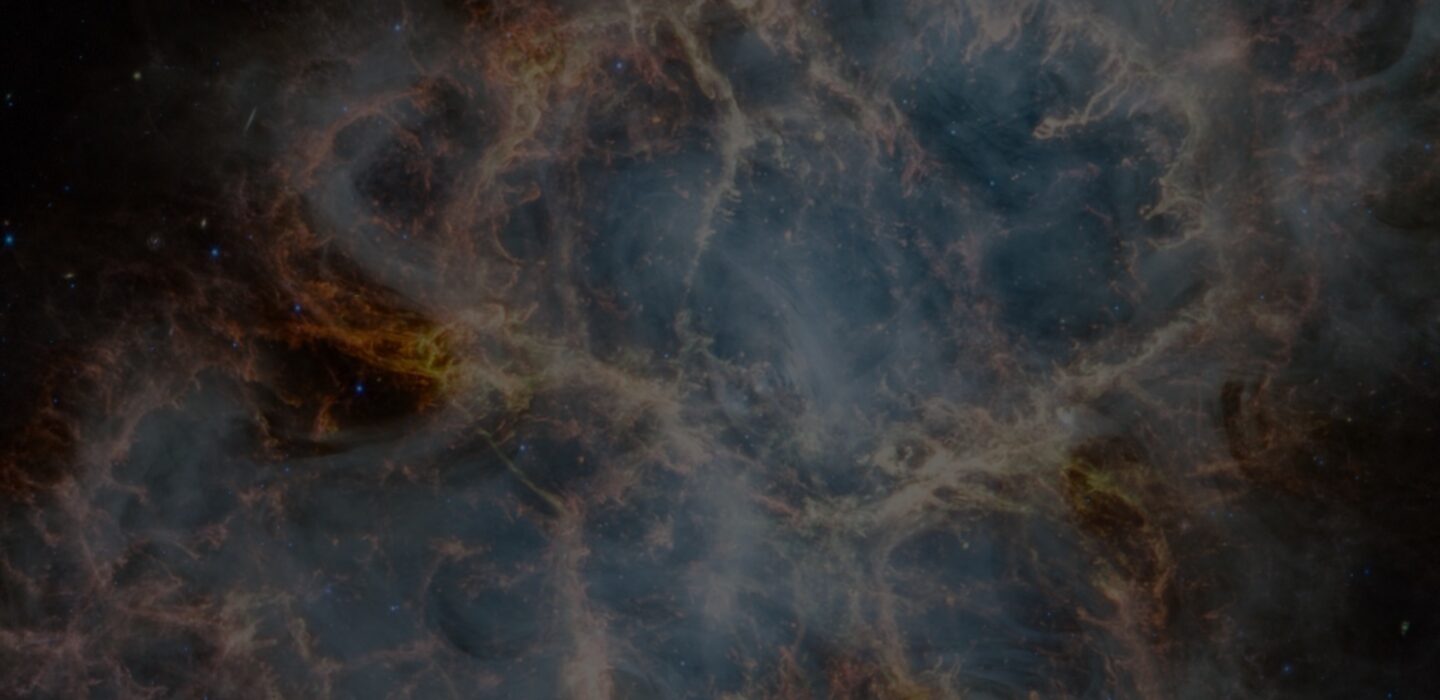Hidden Black Holes Tearing Stars To Shreds Discovered
Eighteen new tidal disruption events (TDEs)—which are huge bursts of energy released as a star is shredded by a black hole—were spied by MIT scientists, according to a new study in The Astrophysical Journal. This finding more than doubles the number of TDEs that scientists have discovered, and includes the closest one found to date.
Tidal disruption events occur when a star falls into the black hole’s event horizon and is slowly devoured by the object, releasing huge amounts of energy as electromagnetic radiation as it dies.
These TDEs had remained hidden prior to this discovery due to them lurking in an unusual band of electromagnetic light, the authors explain. TDEs are usually detected by the huge bursts of X-ray radiation they give off, but they also release large amounts of infrared heat radiation. In galaxies inundated with dust, the X-rays may be obscured by the dust clouds, but as the dust absorbs these X-rays, it heats up to around 1,000 degrees Kelvin or 1,300 degrees Fahrenheit, churning out infrared radiation. This can subsequently be detected by scientists on Earth, and is how these 18 new TDEs were discovered.
“The majority of these sources don’t show up in optical bands,” paper author Megan Masterson, a graduate student at MIT’s Kavli Institute for Astrophysics and Space Research, said in a statement. “If you want to understand TDEs as a whole and use them to probe supermassive black hole demographics, you need to look in the infrared band.”
In the paper, the authors describe how they used observation data gathered by NEOWISE, a new form of NASA‘s Wide-field Infrared Survey Explorer, launched in 2009. Using an algorithm to pick out patterns of infrared emissions across 600 million light-years, they discovered these 18 new TDEs, scattered between around 1,000 galaxies.
Now, using infrared light, TDEs can be spotted in many more galaxies across the cosmos, meaning that a range of galaxies can be host to black holes tearing stars to shreds. The authors estimate that a single galaxy will see a TDE around once every 50,000 years.
“People were coming up with very exotic solutions to these puzzles, and now we’ve come to the point where we can resolve all of them,” Erin Kara, an MIT assistant professor of physics, said in the statement.
